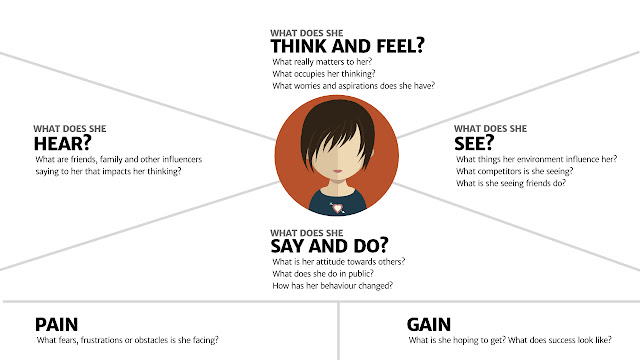The Engagement Paradox - Are we more or less connected?
The Engagement Paradox
A somewhat ironic situation has emerged in the digital era today, one that directly affects virtually everyone concerned with connecting with and engaging their stakeholders, whether they are customers, the broader market, business partners, or colleagues.
As the technology growth curve has continued to climb high into exponential realms, most organizations now find themselves dealing with a profound shortfall in digital reach and effectiveness.
The endless flow of new websites, messaging formats, social networking services, mobile apps, communication tools, and collaboration platforms continue to get adopted and used widely across a broad range of consumers – simultaneously becoming an increasingly harder-to-manage challenge.
The primary issue is this: Developing a workable and consistent way for our organizations to connect with and engage with the world to keep our businesses operating.
What’s worse, standing still even for a short time means falling behind fast as our stakeholders busily move to the next new set of channels.
This has led to a situation known as the “Engagement Paradox.” Namely, that the more technologies, devices, sites, apps, and other digital touchpoints we have, the less connected we are.
Out of need for manageability and cost control, this growing channel proliferation and fragmentation – and therefore siloing – has forced many organizations to sharply constrain where they can spend time, how they invest in engagement, and where they are prepared to engage in a manner worthy of their brand.
This complex new landscape often leaves our companies to only commit to providing support for the largest and most important channels. These typically end up being so-called mainstream ones like major media, large social networks, email, web sites, and now mobile apps – even though it’s clear that a long tail distribution of said new channels has formed in front of our organizations and continues to lengthen.
The challenge of coping with so-called long tail markets is well known. First, it means that the bulk of our stakeholders will soon be the most reachable only deep in the tail – in digital places that are relatively obscure and unfamiliar to us.
Second, unless we can find an efficient and economical way to reach across the myriad digital nooks and crannies of the engagement universe in the way our stakeholders most prefer, we’re increasingly losing impact and missing the vital opportunities we need to further our business goals.
To further complicate the situation, we are in the midst of engagement overload as well, noted the Harvard Business Review early in 2016. The most valuable actors in our organizations who are using these news channels find themselves at the center of a demand cycle that quickly overwhelms them. The data is sobering: Up to a third of all value-added engagement comes from as little as 3% of the engaged population.
This state of affairs has led to our most desirable contributors having the lowest engagement and career satisfaction scores. Combined, this is a recipe for underperforming in a market that has an all-time high level of new opportunity today.
Taking all of this into account, what should organizations to do with their engagement strategies to better keep up with digital change and the impact it’s having on our organization?
First, organizations must develop a clearer picture of the full spectrum of supply and demand for engagement from their stakeholders, and then put plans in place to meet it. The imperative is this: It’s well known that customer experience leaders significantly outperform the S&P 500 market as a whole. Engagement is the primary currency of customer experience today , and without measuring – and then meeting – stakeholder demand across all digital channels, it’s leaving a major competitive opening that’s ripe for others to enter. This also tells us that there’s considerable untapped business value that organizations can access for themselves with a better set of engagement strategies.
The good news is that techniques and technology have also emerged to help with meeting demand for engagement, including marketing automation and digital experience management, to name just two, that can offload the burden of understanding and dealing with the constantly shifting sands of digital touchpoints.
Second, organizations must develop a more holistic and integrated picture of the full tapestry of conversation across today’s digital channels. Without this, the value of engagement is lost as product and marketing ideas, sales opportunities, and customer service needs go ignored and unaddressed. It also again leaves critical openings that competitors can use to enter conversations with our stakeholders, and build their own relationships.
New listening tools and the employment of a social media command centers can go a long way towards addressing the issue, but organizations must act on the stream of information that’s opened up by connecting better across digital channels, monitoring, and assessing which engagement opportunities are most valuable, and then operationally executing on them.
There’s no doubt that today’s engagement landscape is the most daunting in history , and it’s only going to be more so. However, by becoming more fully aware and proactive about how to organize for mass engagement in a more sustainable way, we can begin to address the engagement paradox and seize a fuller measure of the opportunity that it actually represents.



Comments
Post a Comment